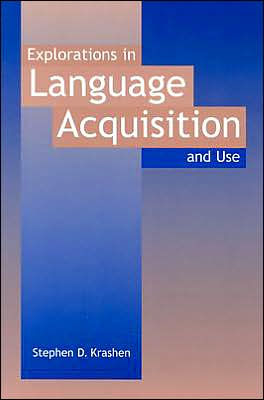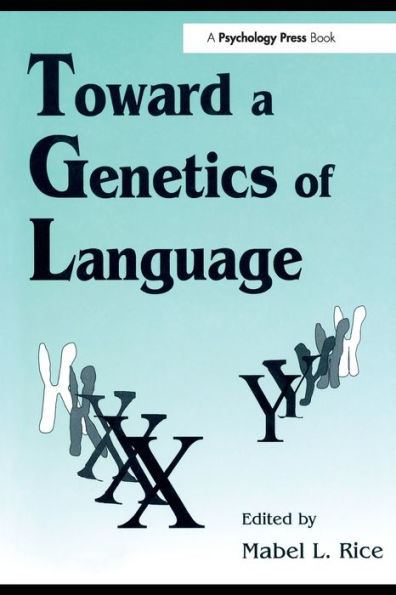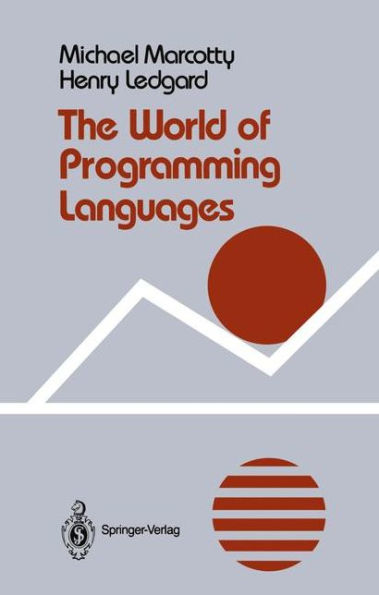Home
The Ascent of Babel: An Exploration of Language, Mind, and Understanding / Edition 1
Loading Inventory...
Barnes and Noble
The Ascent of Babel: An Exploration of Language, Mind, and Understanding / Edition 1
Current price: $84.00


Barnes and Noble
The Ascent of Babel: An Exploration of Language, Mind, and Understanding / Edition 1
Current price: $84.00
Loading Inventory...
Size: OS
*Product Information may vary - to confirm product availability, pricing, and additional information please contact Barnes and Noble
The brain holds some 10 billion neurons, an truly amazing number. But taken one at a time, there is nothing amazing about a nerve cell. If you stimulate one, it will stimulate other neurons to which it is connected. And that is
that a neuron does. And yet arising from this great mass of simple cells is every one of our mental faculties, including perhaps the most marvelous of all, our use of language. How do neurons take tiny vibrations on the ear drum and somehow capture meanings about the world? How does the brain understand written words and how does it form a reply? In
, psycholinguist Gerry Altmann offers a state-of-the-art look at what we now know about the miracle of language.
Here is a wide ranging, engaging tour of how we use language. Altmann begins even before we are born, revealing that the fetus in the last trimester is already listening to the language of its parents and that, within days of birth, it can distinguish its parents' language from other languages. He discusses the incredible progress the child makes in language recognition (expanding from 100 words at age one to some 60,000 words by adulthood) and he looks at the neural activity involved in language perception, revealing for instance that the pattern of neural activity evoked by a sentence like "the bald man ate a big fish" is probably quite similar to that evoked by actually seeing a bald man eat a big fish. There is an illuminating section on spoken language, highlighting some of the differences between various tongues (English has some 12,000 syllables, for example, while Japanese uses fewer than 120, which explains why Japanese words tend to have many syllables). Altmann shows how errors we make when speakingsuch as malapropisms and spoonerisms (garbled utterances such as "The lord is a shoving leopard")can tell us much about how we plan and execute a spoken sentence, and he explores what happens when the brain misfunctions, as it does in aphasia, dyslexia, and other forms of language deficit, such as Pure Word Deafness (where patients can read, write, and speak normally, but can't understand words spoken to them). Finally, in one of the most intriguing sections of the book, the author provides a fascinating account of recent experiments in artificial neural networks, describing how scientists simulate neuronal activity on a computer, and explaining why their results seem to provide an alternative to the theories of Noam Chomsky about innate structures in the brain.
is a journey of discovery, illuminating how, through the workings of the brain, we use language to reach out and touch each other's minds. Up to date, authoritative, and engagingly written, it will be must reading for everyone curious about the mysteries of language or of the mind.


















